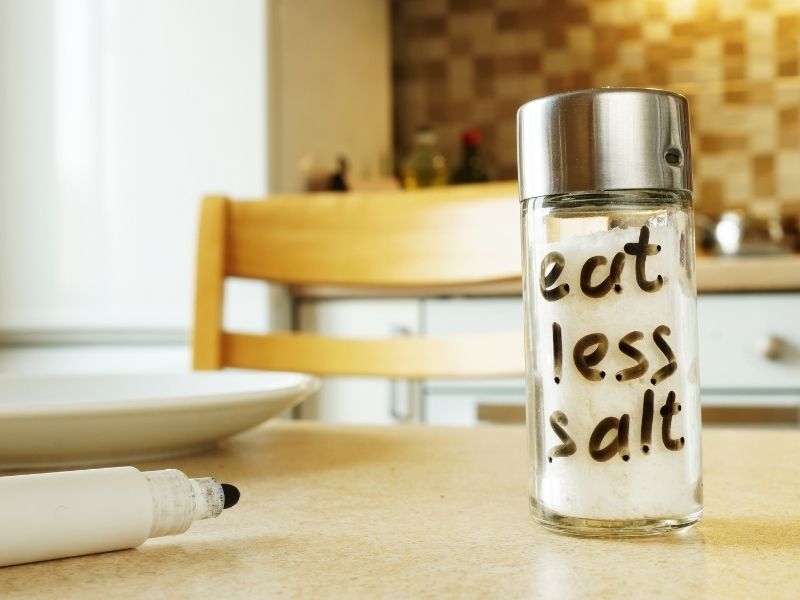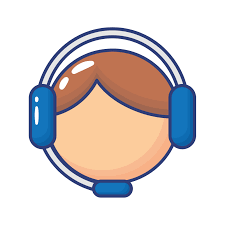Making simple improvements to your sodium intake can help your heart.
An earlier version of this essay appeared in the Friedman School's monthly Tufts Health & Nutrition Letter. Check out more professional tips on healthy living and cooking.
You probably consume too much sodium, causing high blood pressure. While avoiding the saltshaker is always a good idea, most of our sodium comes from packaged foods and restaurant meals. The FDA recently ordered food makers and restaurants to reduce salt in products and menu items to reduce sodium in the food supply over the next two-and-a-half years. Meanwhile, we can all take simple actions to minimize sodium intake and safeguard our hearts.
102. Years ago, salt was utilized as a food spice and preservation. It's vital for the texture of bread dough and as a binder and preservative in processed meats. Sodium is a vital nutrient. A limited amount is required for normal cell and blood fluid equilibrium, nerve conduction, and muscle contraction. Most Americans consume over twice the daily recommended maximum sodium intake of 2,300 mg.
The body dilutes excess sodium in the blood by pulling water into the blood vessels. This increases blood volume and puts pressure on the blood vessel walls. High blood pressure causes heart attacks, strokes, heart failure, kidney damage, eyesight loss, and sexual dysfunction. Fortunately, research shows that even moderate salt reductions can reduce blood pressure over time.
How to Reduce Sodium
We can retrain our tastebuds to be satisfied with less salt.
More Home Cooking. Restaurant foods account for roughly 25% of sodium intake in the US. One study found that restaurant meals include over half the daily recommended sodium intake, at nearly 1,300 mg per meal. While it's difficult to gauge how much sodium is in restaurant cuisine, there are techniques to cut back. Consider ordering sauces, gravies, and dressings on the side, sharing an entrée, or taking half home for another meal. Cooking your own food with minimally processed components is preferable.
When you cook at home, you control the components, including the amount of salt you use. Salt reduction doesn't have to equal bland food. Consider onions, garlic, shallots, and spring greens (scallions). Veggies and fruits can be flavorful (as well as many health-promoting compounds, including potassium, which is associated with lower blood pressure). Boost flavor using herbs and spices, powerful or subtle (such pepper, dry cumin, cayenne, or cinnamon). Don't neglect spice mixes, from Indian garam masala to Herbes de Provence. (Check ingredient lists to make sure salt isn't a key element.)
To enhance the natural flavor of your ingredients, try roasting, searing, or sautéing them. Finish with a splash of citrus, olive oil, and nuts, seeds, herbs, or dried fruit.
Prepared Foods Are Off Limits Over half of the sodium we eat is found in packaged foods like frozen meals and pre-seasoned grain mixes. Reducing the frequency of high sodium foods and/or portion sizes can help reduce salt intake. Alternatively, several reduced sodium choices are available (just check the label to make sure the manufacturer has not added sugar to compensate for the reduced salt). Consumption of foods high in sodium such as bread might lead to excessive salt intake. Eating a balanced diet with a variety of foods can help combat this issue.
Check the nutrient label. If you buy packaged items, read the Nutrition Facts label first. It's important to note that a product's salt content isn't always low or zero. When looking at the salt content per serving, keep in mind that you should take less than 2,300 mg per day.
You may read the Original Article at










 And then Add to Home Screen.
And then Add to Home Screen.